Italy's Most Beautiful Mosaics : Italy Magazine
Italy's Most Beautiful Mosaics
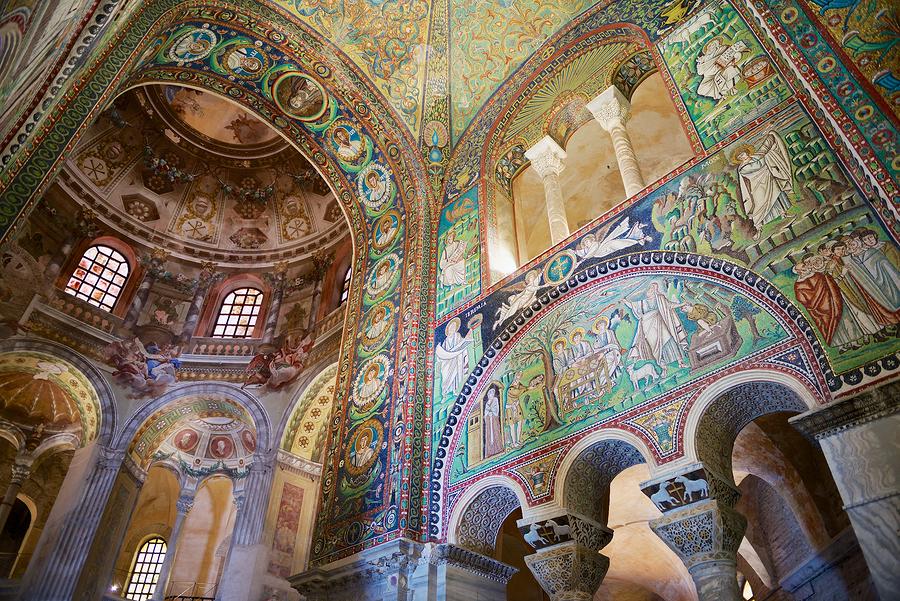
Mosaics on the walls and ceiling of the Basilica di San Vitale in Ravenna
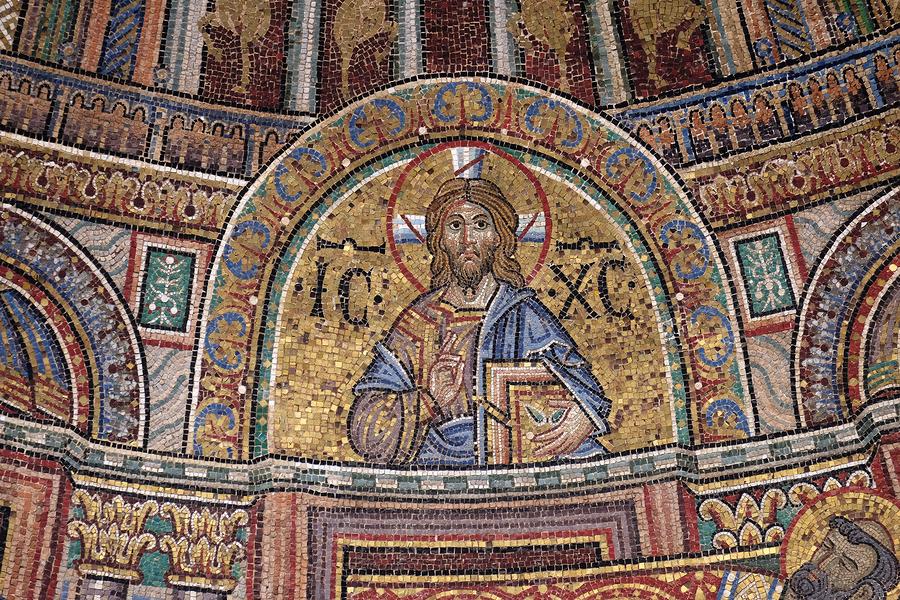
Christ Pantocrator mosaic on the facade of the Basilica di San Marco in Venice
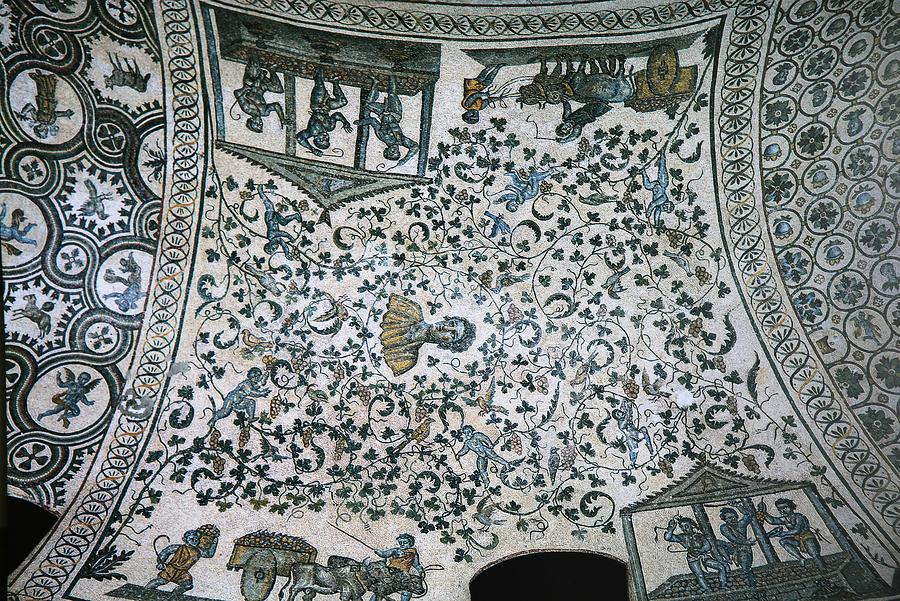
The magnificent floor mosaic in the Basilica of Aquileia.
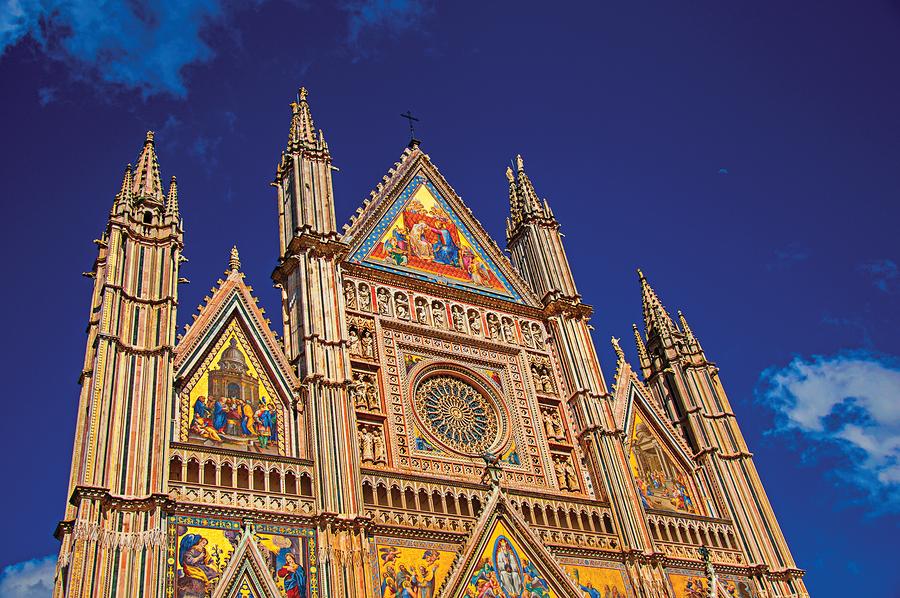
The breathtaking facade of the Duomo di Orvieto with its polychrome mosaics.
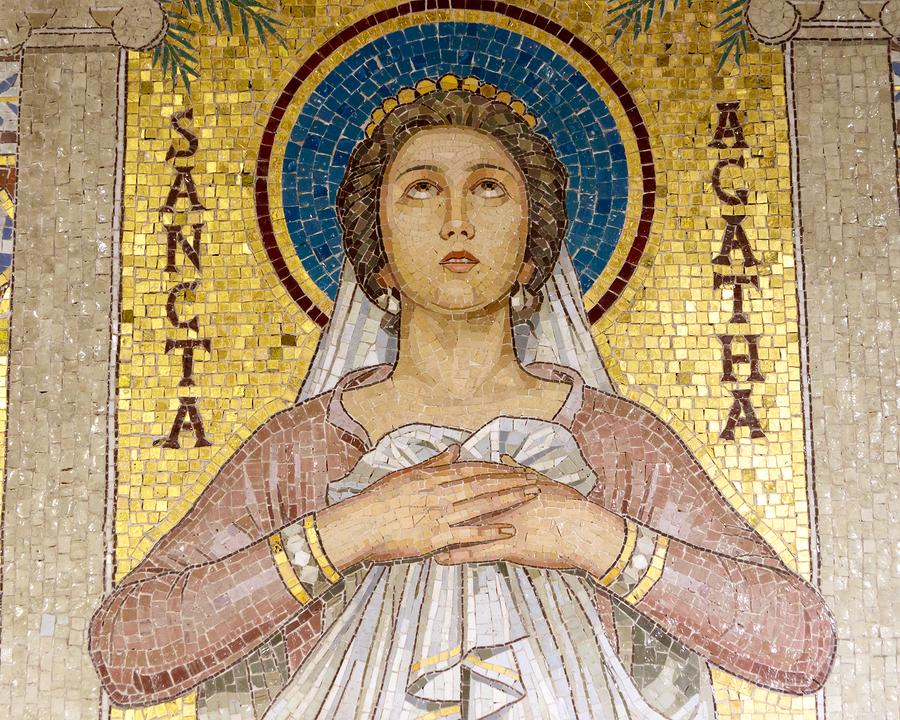
Mosaic in the Church of Santa Cecilia in Trastevere
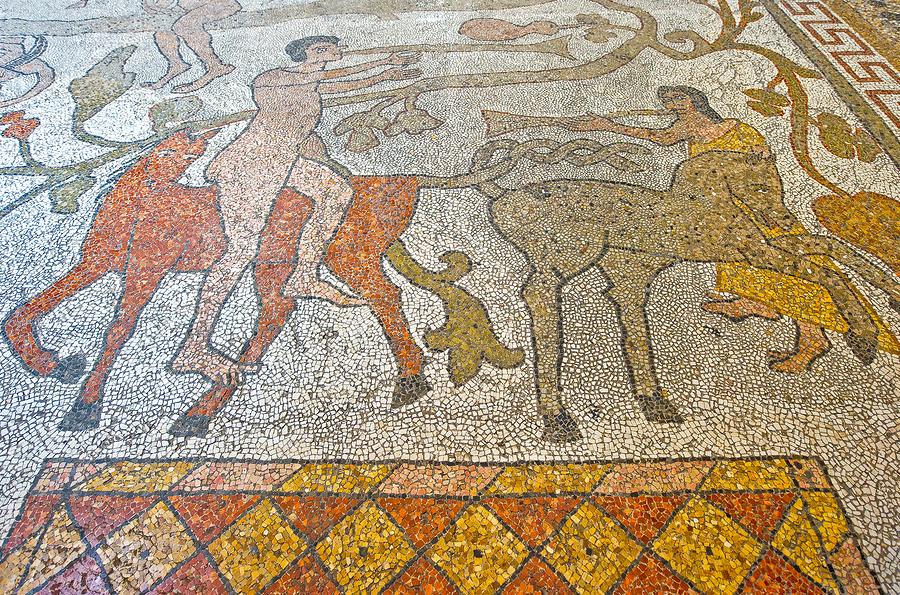
Detail of the floor mosaic in the Cathedral of Otranto, Puglia
Fine mosaics at Villa Armerina in Sicily - the 'Bikini Girls'.

Mosaics on the walls and ceiling of the Basilica di San Vitale in Ravenna

Christ Pantocrator mosaic on the facade of the Basilica di San Marco in Venice

The magnificent floor mosaic in the Basilica of Aquileia.

The breathtaking facade of the Duomo di Orvieto with its polychrome mosaics.

Mosaic in the Church of Santa Cecilia in Trastevere
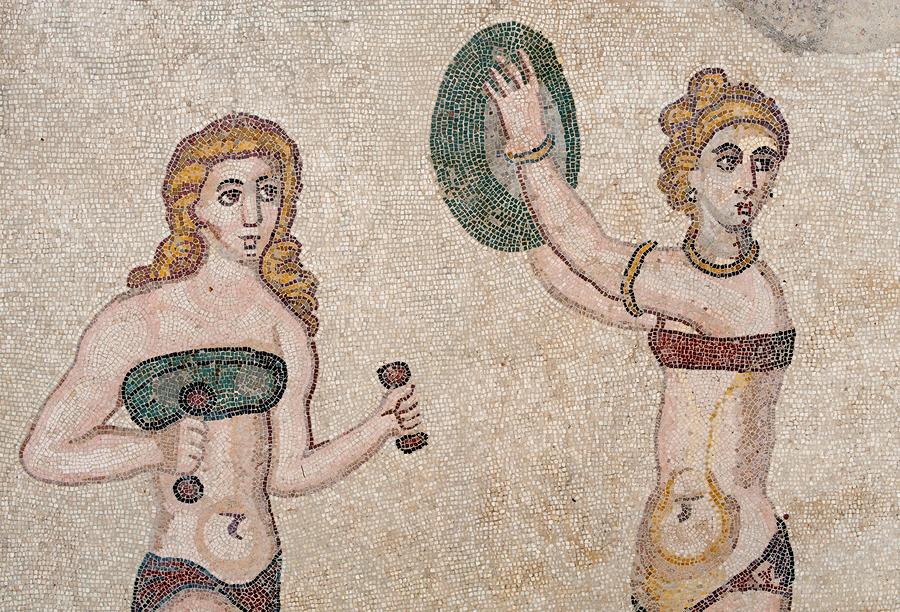
Fine mosaics at Villa Armerina in Sicily - the 'Bikini Girls'.
For centuries, the Romans and the Byzantines used the mosaic technique to decorate villas, baths, palaces and churches. The Byzantines made Ravenna Italy’s capital of mosaics: in this Emilia-Romagna town, you’ll find some of the highest examples of mosaic art, included in Unesco’s World Heritage list. See the mosaics in the Basilica of San Vitale, Basilica of Sant’Apollinare, Mausoleo di Teodorico and Galla Placidia.
The history and success of medieval mosaics in Italy can be best appreciated in Venice, where the art of the time was influenced both by the nascent Gothic style (western) and by Byzantine art (eastern). The high point of this is the magnificent Basilica of San Marco with its golden mosaics, symbol of the divine light. The oldest mosaics, many of which were restored after the numerous fires, date back to the 11th century and are located at the entrance and in the apse; they depict saints, apostles and Christ Pantocrator.
Not as well-known are the mosaics in the Basilica of Aquileia, a Roman colony in northern Italy founded in 181 BC. The Basilica features a magnificent floor mosaic, considered the oldest and largest of the Western world. The enormous work dates back to the 4th century and depicts plants, animals, skies and constellations; it is rich in allegories and symbolic meanings, such as the famous fight between the cock and the turtle, which represent good and evil.
The Duomo di Orvieto is considered among the most beautiful churches in the world, and one reason for it is the breathtaking façade, which features polychrome mosaics, conceived and created according to a precise iconographic scheme, depicting the most important episodes in the life of Mary, one of the most revered figures of Catholicism. The mosaics also show the baptism of Christ and converge upwards to the scene of the crowning of the Madonna.
This may come as a surprise to many, but in the heart of Trastevere you will find two churches that guard some of Italy’s most beautiful golden mosaics, Santa Maria and Santa Cecilia. The latter holds a mosaic work of great value in the apse, commissioned by Pope Pasquale I in 820, the age of greatest splendor for the realization of mosaics. The mosaic depicts Christ the Redeemer surrounded by saints, below them are 12 lambs with their heads turned towards the Holy Spirit.
The Cathedral of Otranto in Puglia also guards a little-known treasure, which occupies the building’s floor: along the nave, a monk named Pantaleone laid in 1163 million of tiles creating an immense polychrome mosaic. The work is a sort of storytelling that begins with the original sin and continues with references to the Bible and ancient history.
We recently wrote about the magnificent imperial Roman Villa del Casale in Piazza Armerina, Sicily, famous for its precious mosaics, one of the greatest expressions of mosaic art, inserted in Unesco’s World Heritage list. An itinerary allows visitors to relive the everyday life of ancient Rome.
